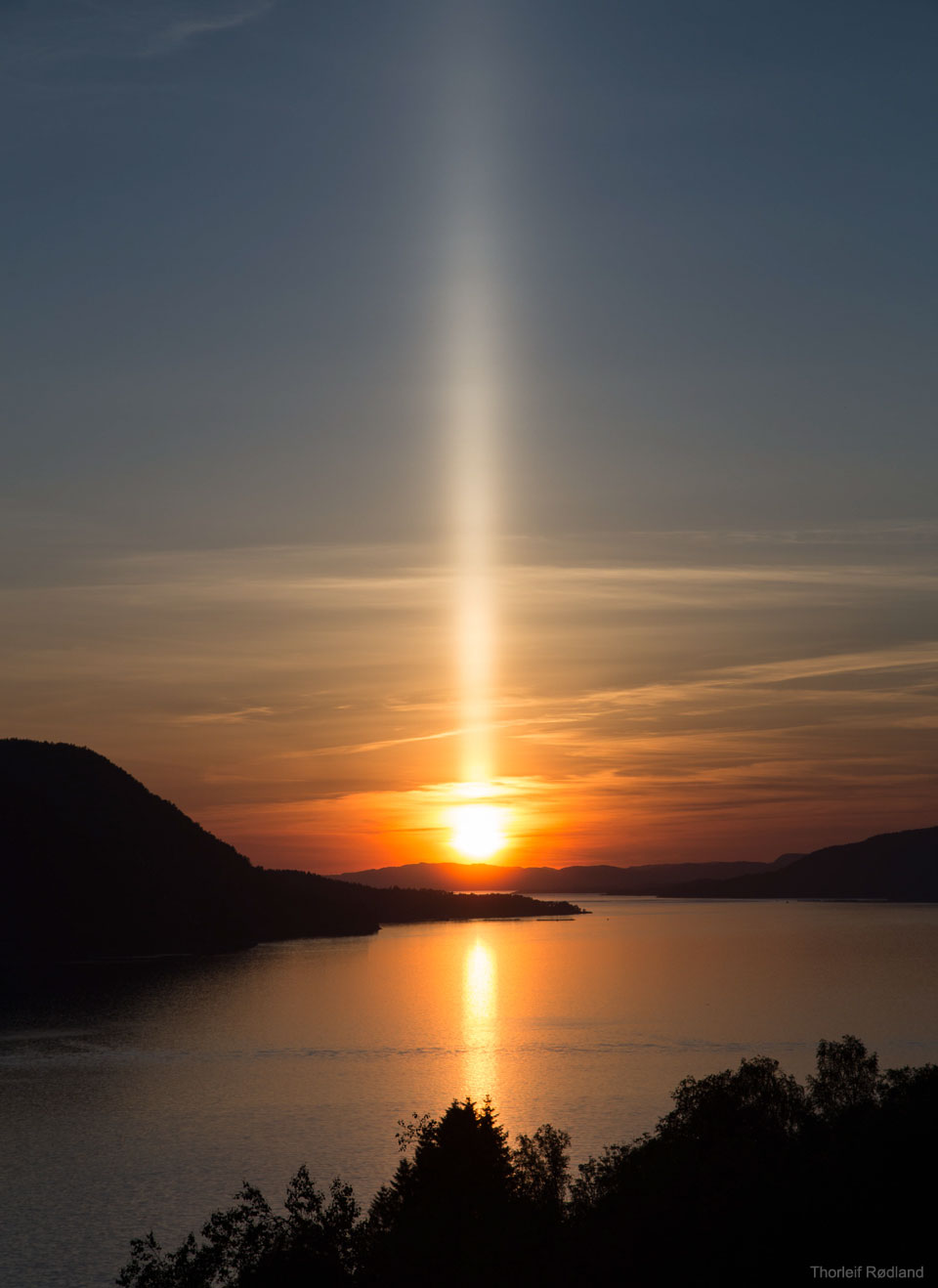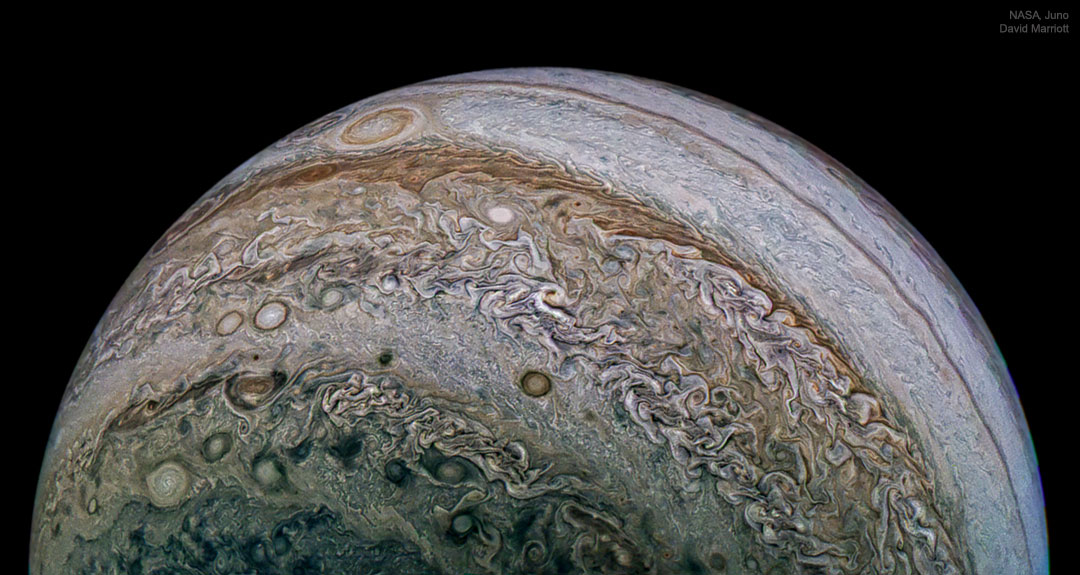Three crew members are on their way to the International Space Station after launching from the Baikonur Cosmodrome in Kazakhstan at 7:12 a.m. EDT Wednesday (5:12 p.m. Baikonur time).
from NASA https://ift.tt/2JdqSMl
via IFTTT![]()
Three crew members are on their way to the International Space Station after launching from the Baikonur Cosmodrome in Kazakhstan at 7:12 a.m. EDT Wednesday (5:12 p.m. Baikonur time).
from NASA https://ift.tt/2JdqSMl
via IFTTT![]()

NASA’s Teams Engaging Affiliated Museums and Informal Institutions (TEAM II) has selected three informal education organizations to promote science, technology, engineering and math (STEM) learning to inspire the next generation of explorers.
from NASA https://ift.tt/2syX9U1
via IFTTT![]()

The media and public are invited to ask questions during a live discussion at 2 p.m. EDT Thursday, June 7, on new science results from NASA’s Mars Curiosity rover.
from NASA https://ift.tt/2LZxc7V
via IFTTT![]()

Three members of the International Space Station Expedition 55 crew, including NASA astronaut Scott Tingle, returned to Earth Sunday after 168 days of living and working in low-Earth orbit.
from NASA https://ift.tt/2LjywRQ
via IFTTT![]()